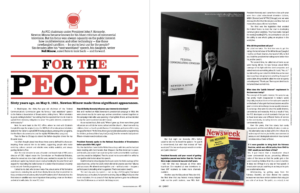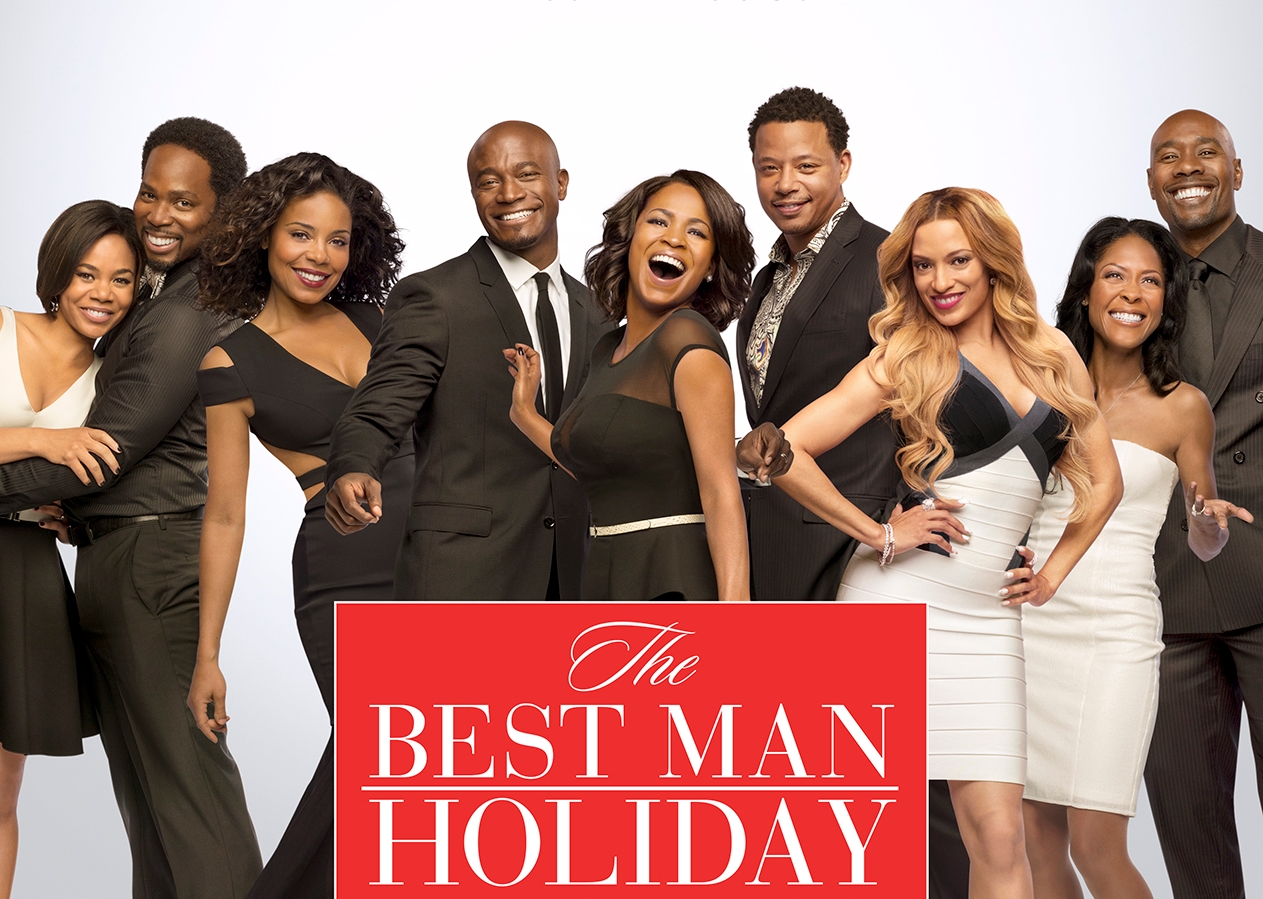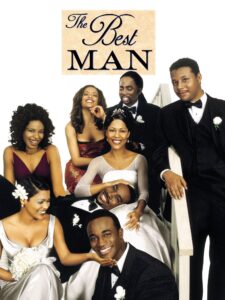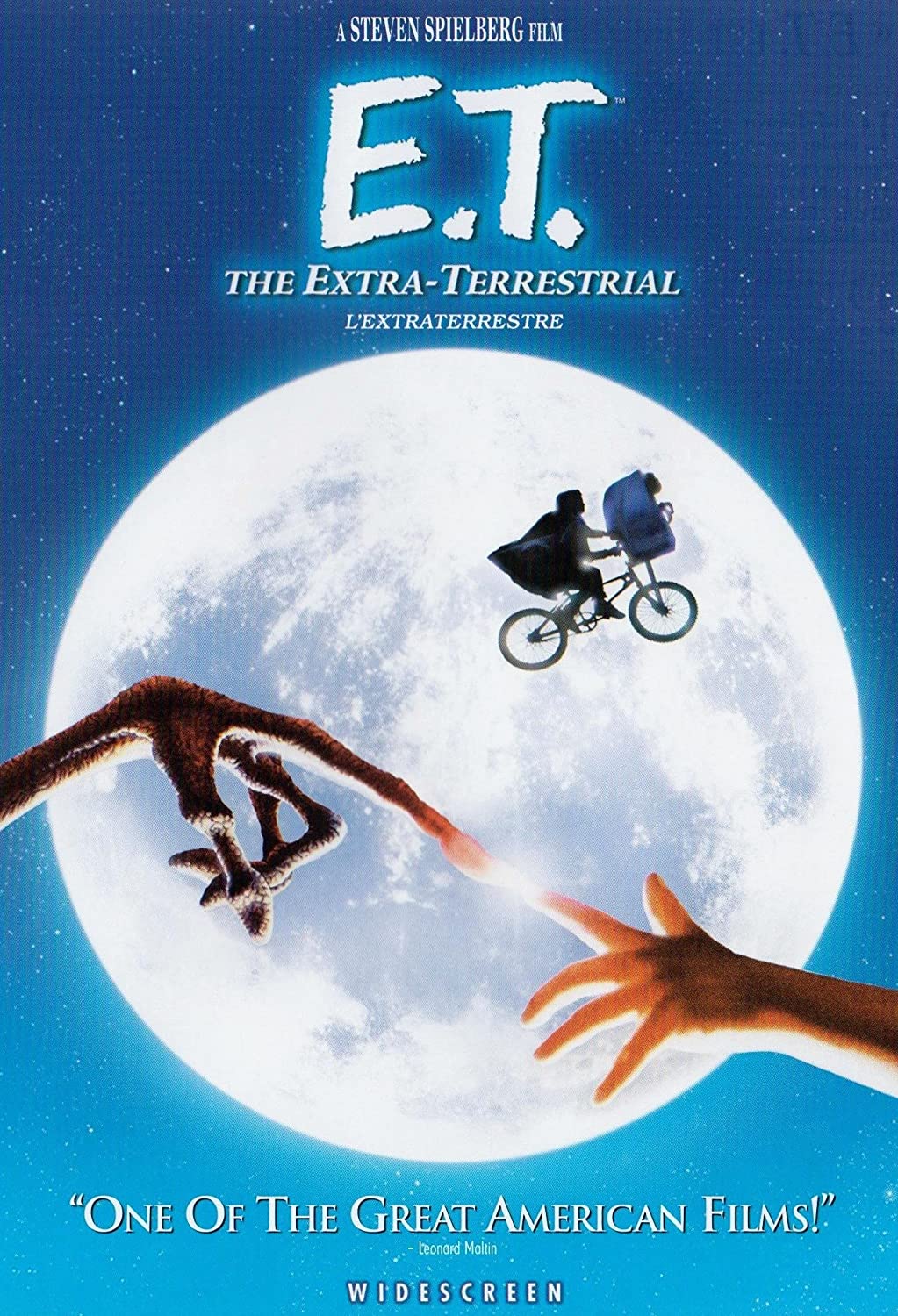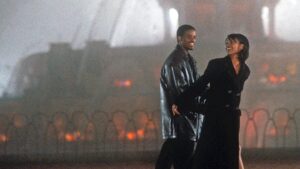Newton Minow’s “Vast Wasteland” Speech: 60 Years Ago Today
Posted on May 9, 2021 at 10:17 am
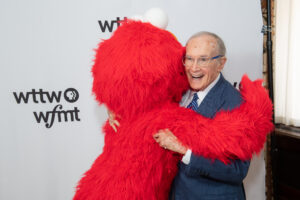 On May 9, 1961, my father, Newton Minow, delivered a speech that continues to inspire the conversation about media and has even been an answer on Jeopardy!
On May 9, 1961, my father, Newton Minow, delivered a speech that continues to inspire the conversation about media and has even been an answer on Jeopardy!
I interviewed him about the speech for Emmy Magazine. LA Times columnist Michael Hiltzik interviewed him about media and the news.
He appeared on his favorite news program, the PBS Newshour, to talk to Judy Woodruff about television then and now.
NPR celebrates its 50th anniversary this week, and its official history gives my dad some of the credit. He also helped launch the first telecommunications satellite, helped get the original funding for “Sesame Street” and helped create the Presidential Debates, involved in every one going back to the original, Kennedy-Nixon, and designed the current bi-partisan commission, where he still serves as Vice Chair.
Today Dad was the Power Player of the Week on FOX with Chris Wallace.
In 1961, Dad was President Kennedy’s new Chairman of the FCC, just 35 years old, and in his first major address he told the National Association of Broadcasters that while there was much to admire on television, too much of it was a “vast wasteland.”
He told the audience about the day before the speech, when President Kennedy brought Commander Alan Shepherd, who had just become the first American in space, and his wife, to the National Association of Broadcasters event Dad would be speaking to the following day. President Kennedy invited Dad to come upstairs while he changed his shirt, to give him some ideas about what to tell the broadcasters. Dad suggested that he talk about the difference between the way Americans and the Soviet Union conducted their space program. In the US, we had all the television cameras there to show the American people, good or bad, what was happening.
At the time Dad called on the broadcasters to do better, there were just three national television networks. There was no PBS, just a National Educational Television which was not even available in most of the country, including Washington DC itself. My father told the broadcasters that as long as the airwaves were a scarce resource, they would have to do better to live up to their statutory obligation to serve the public interest, convenience, and necessity, especially with regard to coverage of news and programming for children.
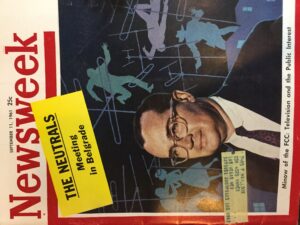
Dad worked over the next half-century to make more choices available, including cable and satellite as well as the creation of a robust public television station. He served as chairman of PBS and of the Chicago affiliate WTTW, served on the board of CBS, pushed for closed captioning to make television programming available to hearing-impaired viewers and those learning to read or speak English, and argued one of the only cases in history to have a broadcast license rescinded - a station that spewed hatred across the airwaves. In protest of his critique of television, the sinking ship on “Gilligan’s Island” was named after him, the S.S. Minnow! He is so proud he has a lifesaver from the SS Minnow on his office wall, a gift from his law partners for his 90th birthday. He was presented with the nation’s highest civilian honor, the Medal of Freedom, by President Barack Obama, in 2016.
PBS has a great documentary about him which is free to watch online. He is also the world’s best dad and we are all so proud of him.

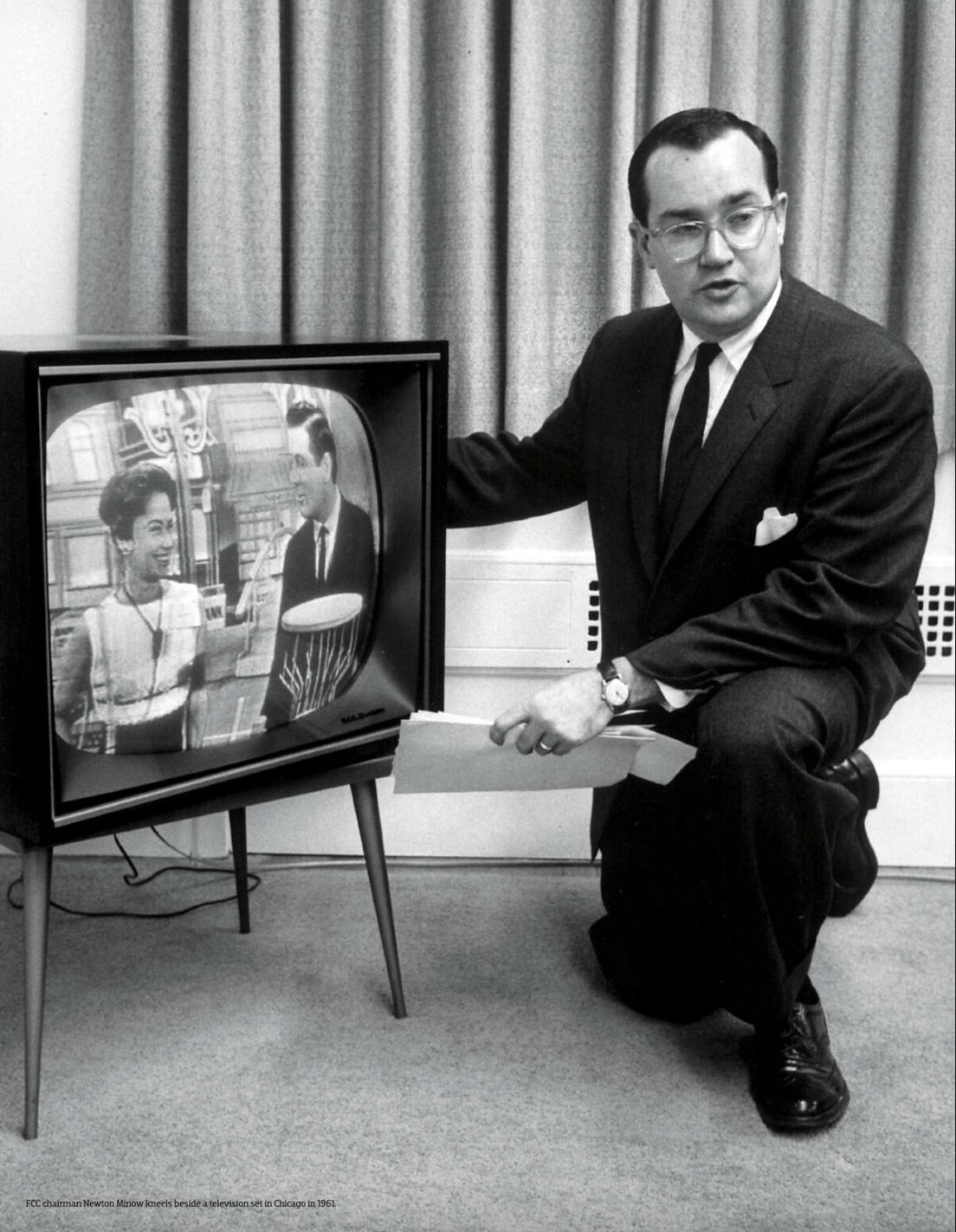

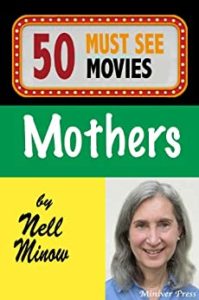 The movies have given us warm, loving, mothers, evil, abusive mothers, even alien mothers. Some of my favorites are featured in my book,
The movies have given us warm, loving, mothers, evil, abusive mothers, even alien mothers. Some of my favorites are featured in my book, 
 One of the great pleasures and honors of my life was the chance to
One of the great pleasures and honors of my life was the chance to 